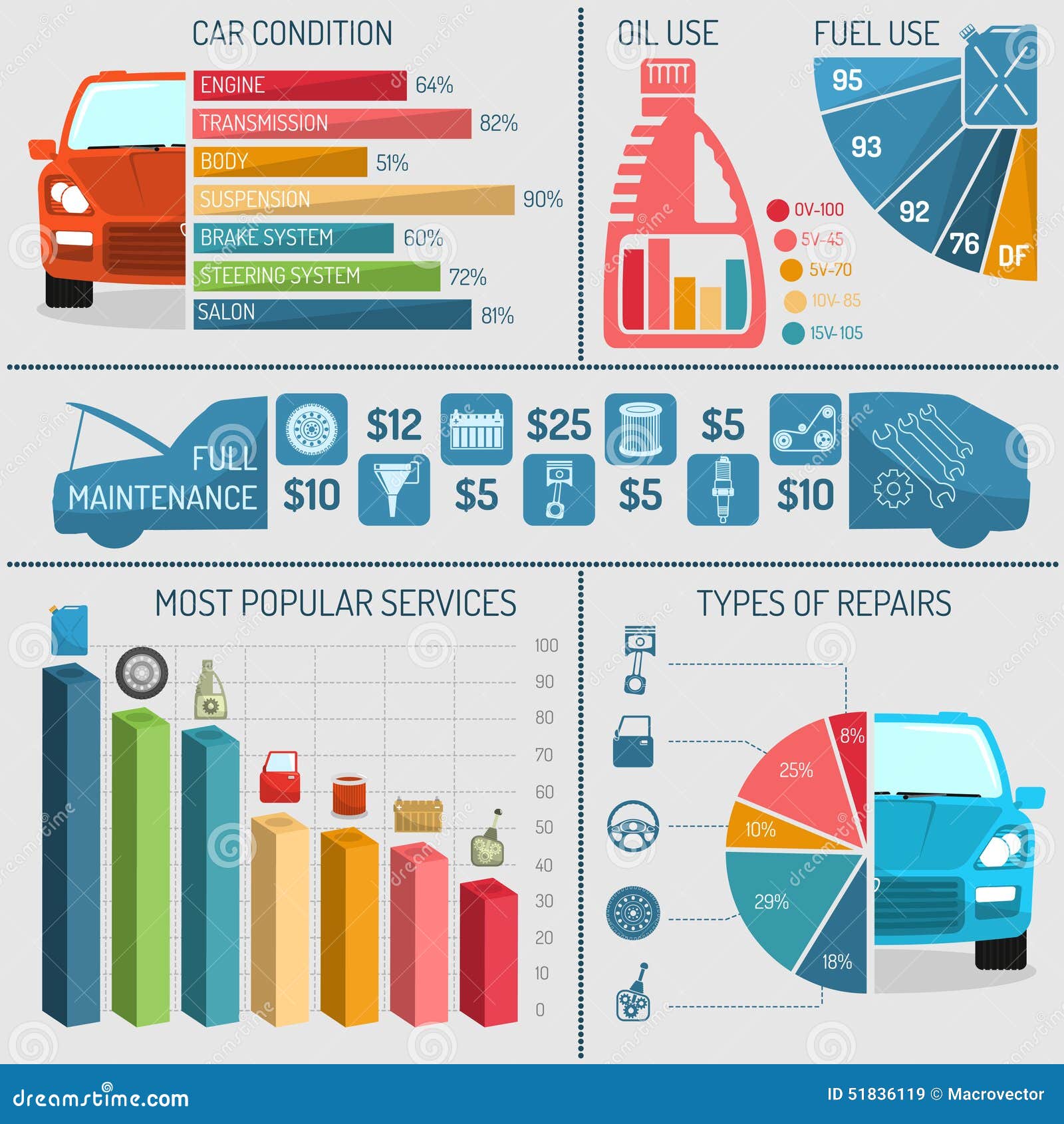Gain Insight Right Into The Dashboard Warning Lights In Your Vehicle To Comprehend Their Effects On Your Cars And Truck'S Wellness And Security
Gain Insight Right Into The Dashboard Warning Lights In Your Vehicle To Comprehend Their Effects On Your Cars And Truck'S Wellness And Security
Blog Article
Web Content Composed By-Cummings Ferguson
When you lag the wheel, those beautiful caution lights on your dashboard can be a little bit perplexing. Do you recognize what they're trying to inform you concerning your auto's health? Recognizing the value of these lights is vital for your safety and security and the durability of your vehicle. So, the following time among those lights turns up, would not you want to analyze its message accurately and take the needed actions to resolve it?
Common Warning Lights and Interpretations
Recognize usual caution lights in your vehicle and recognize their meanings to make sure risk-free driving.
The most normal warning lights consist of the check engine light, which signals concerns with the engine or emissions system. If this light begins, it's vital to have your car examined quickly.
The oil pressure warning light suggests low oil pressure, calling for instant attention to avoid engine damage.
A blinking battery light might recommend a defective charging system, potentially leaving you stranded if not attended to.
The tire stress monitoring system (TPMS) light notifies you to reduced tire stress, influencing automobile stability and gas efficiency. Disregarding this can bring about risky driving conditions.
The abdominal light indicates an issue with the anti-lock braking system, endangering your capacity to stop promptly in emergencies.
Lastly, https://www.repairerdrivennews.com/2021/12/22/oregon-repair-shops-will-need-20k-bond-before-seeking-mechanics-lien/ alerting light warns of engine getting too hot, which can result in extreme damage otherwise solved promptly.
Recognizing these common caution lights will certainly aid you attend to issues quickly and maintain secure driving problems.
Significance of Prompt Focus
Recognizing the common caution lights in your auto is only the initial step; the importance of quickly addressing these cautions can't be stressed enough to guarantee your safety when driving.
When Click To See More illuminates on your dashboard, it's your vehicle's way of connecting a possible problem that needs interest. Disregarding these cautions can lead to a lot more extreme issues down the road, jeopardizing your safety and security and possibly costing you more out of commission.
Prompt attention to warning lights can avoid malfunctions and crashes. For instance, a flashing check engine light might suggest a misfire that, if left unattended, can create damage to the catalytic converter. Resolving this quickly can conserve you from a costly repair work.
Likewise, a brake system cautioning light could indicate low brake liquid or used brake pads, vital parts for your safety and security when driving.
DIY Troubleshooting Tips
If you see a caution light on your dashboard, there are a few do it yourself troubleshooting suggestions you can attempt prior to seeking expert assistance.
The very first step is to consult your automobile's manual to understand what the certain warning light suggests. In some cases the problem can be as simple as a loose gas cap triggering the check engine light. Tightening the gas cap may resolve the issue.
An additional usual issue is a low battery, which can cause numerous cautioning lights. Checking ac leak repair cost car for deterioration and ensuring they're safe may repair the problem.
If a caution light persists, you can attempt resetting it by detaching the automobile's battery for a couple of minutes and then reconnecting it. Additionally, inspecting your automobile's fluid levels, such as oil, coolant, and brake liquid, can help repair advising lights connected to these systems.
Conclusion
In conclusion, recognizing your car's caution lights is vital for keeping your car running efficiently and securely. By immediately resolving these signals and understanding what they imply, you can stay clear of pricey repair work and possible breakdowns.
Remember to consult your car's guidebook for particular information on each cautioning light and act appropriately to ensure a trouble-free driving experience.
Stay informed, stay safe when traveling!
